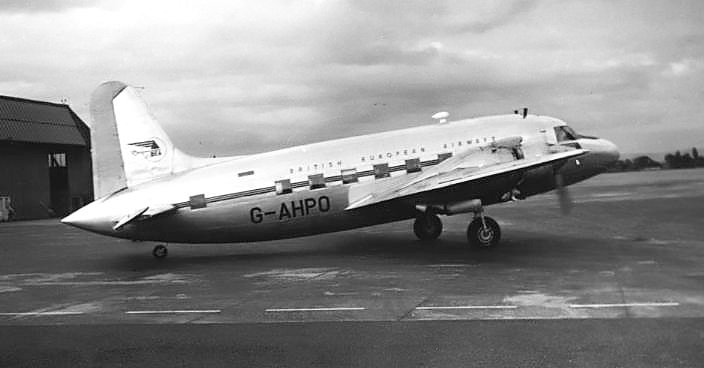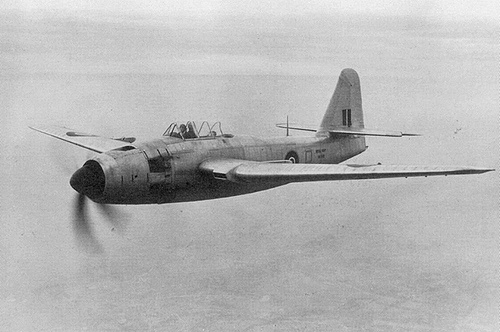Arts and Literature
L. S. Lowry has completed two new paintings, Britain at Play and Going To Work
Arthur Pan has completed a portrait of Conservative MP Winston Churchill
Barbara Hepworth has completed her Oval Sculpture
Notable new books include;
Nigel Balchin's novel 'The Small Back Room'
T. S. Eliot's poetry, 'Four Quartets'
C. S. Lewis' novel 'Perelandra'. This is the second book in the Space Trilogy set in the Field of Arbol
Nikolaus Pevsner's book 'An Outline of European Architecture'
Malcolm Saville's children's novel 'Mystery at Witchend', first in The Lone Pine series.
Films
The Adventures of Tartu, a spy drama directed by Harold S. Bucquet and starring Robert Donat and Valerie Hobson was a popular film in 1943. They Met in the Dark is another spy thriller film, directed by Karel Lamac and starring James Mason, Joyce Howard and Edward Rigby. In the film a cashiered Royal Naval officer and a young woman join forces to solve a murder and hunt down a foreign spy ring.
The Dark Tower is a thriller film starring Herbert Lom, Anne Crawford, David Farrar and Ben Lyon. Herbert Lom plays a hypnotist who seeks work at a travelling circus and hypnotises Anne Crawford to perform a dangerous aerial stunt. Her partner and boyfriend, David Farrar is suspicious. Lom soon exerts control over Anne and she lets David fall during an act. Eventually he recovers and challenges Lom who meets his death seemingly by falling but actually has been shot through the head, perhaps by the Circus’s sharpshooter…
The Dummy Talks is a crime thriller. A murder takes place during a theatre variety performance. It was directed by Oswald Mitchell and starring Jack Warner and Claude Hulbert. Warn That Man is a thriller directed by Lawrence Huntington and starring Gordon Harker, Raymond Lovell and Finlay Currie. It was based on a play by Vernon Sylvaine. The plot follows the niece of a peer who is kidnapped and an impersonater takes her place as part of an attempt to assassinate a politician.
The Butler's Dilemma was a comedy directed by Leslie S. Hiscott and starring Francis L. Sullivan and Judy Kelly. A group of friends are forced into a number of deceptions in order to stage a gambling party in peace. It was produced by Shaftesbury Films. Dear Octopus is another comedy film directed by Harold French and starring Margaret Lockwood, Michael Wilding and Celia Johnson. It is based on the 1938 play Dear Octopus written by Dodie Smith. The Demi-Paradise is a comedy film made by Two Cities Films and distributed in the U.S. by Universal Pictures. It starrs Laurence Olivier as a foreign inventor who travels to England to have his revolutionary propeller manufactured, and Penelope Dudley Ward as the love interest. It was directed by Anthony Asquith and produced by Anatole de Grunwald and Filippo Del Giudice from a screenplay by de Grunwald. Thursday's Child is a comedy, drama, directed by Rodney Ackland and starring Ronald Shiner, Stewart Granger and Wilfrid Lawson. It was produced by John Argyle and Associated British Picture Corporation. In the film a young girl, Fennis Wilson (Sally Ann Howes), is cast in a film, launching her career to stardom, the very thing her older sister desperately wants. It creates tension in the family that threatens to tear the family apart, while Fennis just wants everyone to be happy. When We Are Married is a comedy-drama directed by Lance Comfort and starring Sydney Howard, Raymond Huntley and Olga Lindo. The film is based on the 1938 stage play by J. B. Priestley, in which three Edwardian Yorkshire couples, who were all married on the same day 25 years earlier, gather to celebrate their joint silver wedding anniversary, only to be told that due to a legal technicality, their marriages were not valid and that for the past quarter-century they have all effectively been living in sin and follows the events that follow.
Miss London Ltd. is a comedy musical directed by Val Guest (his debut film) and starring Ronald Shiner and Arthur Askey. It was produced by Edward Black, Maurice Ostrer, Fred Gunn at Gainsborough Pictures. This musical comedy stars Arthur Askey as Arthur Bowden, the head of an escort agency in London. He soon has railway clerk Anne Shelton on the books. The opening sequence of the film features the latter singing "The 8.50 Choo Choo For Waterloo Choo" at Waterloo Station before she is recruited by Bowman for his agency. The film is notable for a surreal self-parodying sequence in which Bowman pretends to be the famous Arthur Askey, using some of his choice catchphrases. Another musical is We'll Meet Again directed by Philip Brandon and starring Vera Lynn. The film is about a young dancer trying to make it in London. Although she's reluctant at first to sing, she finally does and becomes a star. She meets a young musician who composes classical music and who turns his nose up at modern vulgar popular music, but she believes he can be a success at it and sets out to turn him around.
Other comedy films released this year were; Schweik's New Adventures adapted from a novel by Jaroslav Hasek directed by Carl Lamac and starring Lloyd Pearson, Maggie Rennie, Richard Attenborough and Julien Mitchell. Theatre Royal directed by John Baxter and starring Bud Flanagan, Chesney Allen and Peggy Dexter. In this film a theatre is threatened with closure, but its staff fight to raise funds and secure the support of an important backer. Happidrome is a comedy film spin-off from the hugely popular Happidrome BBC radio series directed by Philip Brandon and starring Harry Korris, Robbie Vincent and Cecil Fredericks. It's That Man Again is another comedy spin-off, this time from the It's That Man Again radio show. It was directed by Walter Forde and starrs Tommy Handley, Greta Gynt and Jack Train. Old Mother Riley Detective is a comedy film directed by Lance Comfort and starring Arthur Lucan, Kitty McShane and Hal Gordon. It is part of the long running Old Mother Riley series. Old Mother Riley Overseas is another in the series released this year, directed by Oswald Mitchell and starring Arthur Lucan, Kitty McShane and Anthony Holles. In this film Old Mother Riley relocates to Iberia.
My Learned Friend is another of the staples of Britsh cinema, the Will Hay comedy. It is directed by Basil Dearden, co-directed with Will Hay and starring Ronald Shiner, Will Hay and Charles Victor. It was produced by Michael Balcon, Robert Hamer and Ealing Studios. This comedy sees Will Hay playing a seedy lawyer, who finds himself marked for assassination by a forger that he defended unsuccessfully, in the past. He teams up with an incompetent solicitor to try to prevent the deaths of others involved. The film climaxes with a sequence where Hay hangs from the hands of the clock face of Big Ben in an attempt to prevent a time bomb being detonated.
The Lamp Still Burns is a drama based on the novel One Pair of Feet by Monica Dickens and directed by Maurice Elvey and starring Rosamund John, Stewart Granger, Godfrey Tearle and Sophie Stewart. In the story an architect retrains as a nurse.
The Life and Death of Colonel Blimp was one of the bigger productions of 1943. It was made by the film making team of Michael Powell and Emeric Pressburger under the production banner of The Archers. It stars Roger Livesey, Deborah Kerr and Anton Walbrook. The film is renowned for its Technicolor cinematography. The film follows the story of a British Army officer and his life from the turn of the century to the present day via the Great War. Anton Walbrook plays a German officer who eventually becomes a great friend of Blimp after the Great War and who marries the woman Blimp fails to tell he loves, played by Deborah Kerr.
One of the ten most successful films this year is The Man in Grey. This is a Regency period costume melodrama made by Gainsborough Pictures. It was directed by Leslie Arliss and produced by Edward Black from a screenplay by Leslie Arliss and Margaret Kennedy, adapted by Doreen Montgomery from the novel The Man in Grey by Eleanor Smith. It stars Margaret Lockwood, Phyllis Calvert, James Mason, Stewart Granger and Martita Hunt.
Millions Like Us is another Gainsborough Studios film, a documentary style film of contemporary life. It stars Patricia Roc, Eric Portman, Megs Jenkins, and Anne Crawford, was written by Sidney Gilliat, and directed by Gilliat and Frank Launder. Patricia Roc is the main character who enters the aircraft industry, sets out on indepedent life and begins a relationship with a young RAF airman.
The Shipbuilders is a drama film directed by John Baxter and starring Clive Brook, Morland Graham and Nell Ballantyne. The film is set in a Clyde shipyard and is based on a novel by George Blake.
We Dive at Dawn is a war film directed by Anthony Asquith, starring John Mills and Eric Portman as Royal Navy submariners during the Great War hunting for the German battleship KMS Brandenbrug in the Baltic Sea. It was written by Val Valentine and J. B. Williams and was produced by Edward Black.
Quoted
Originally posted by Hood







